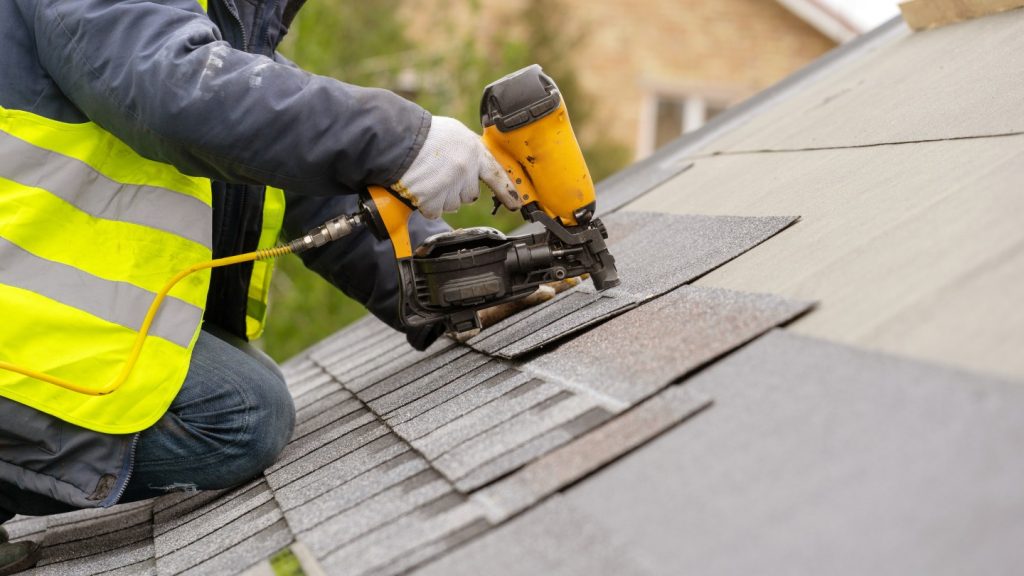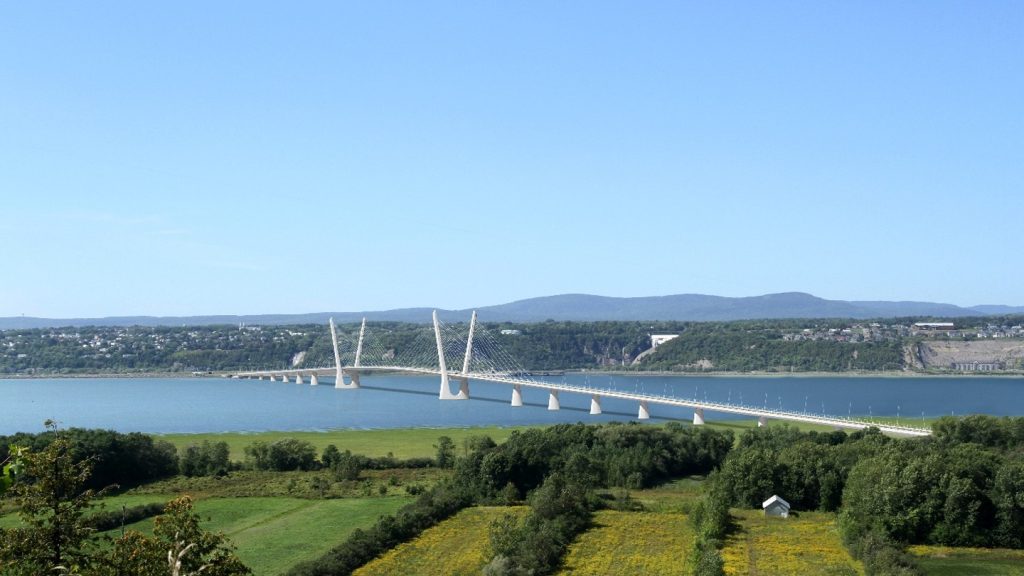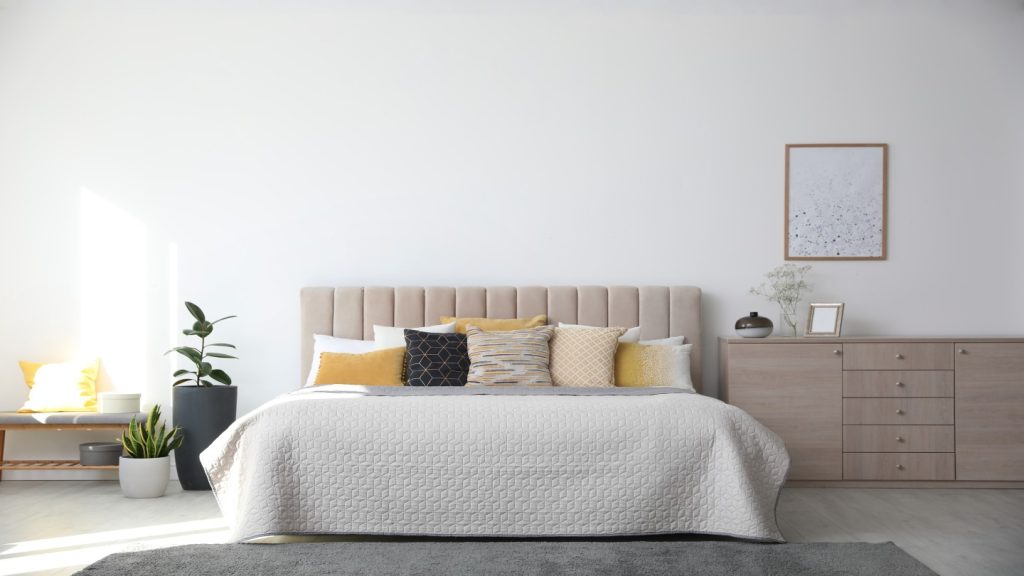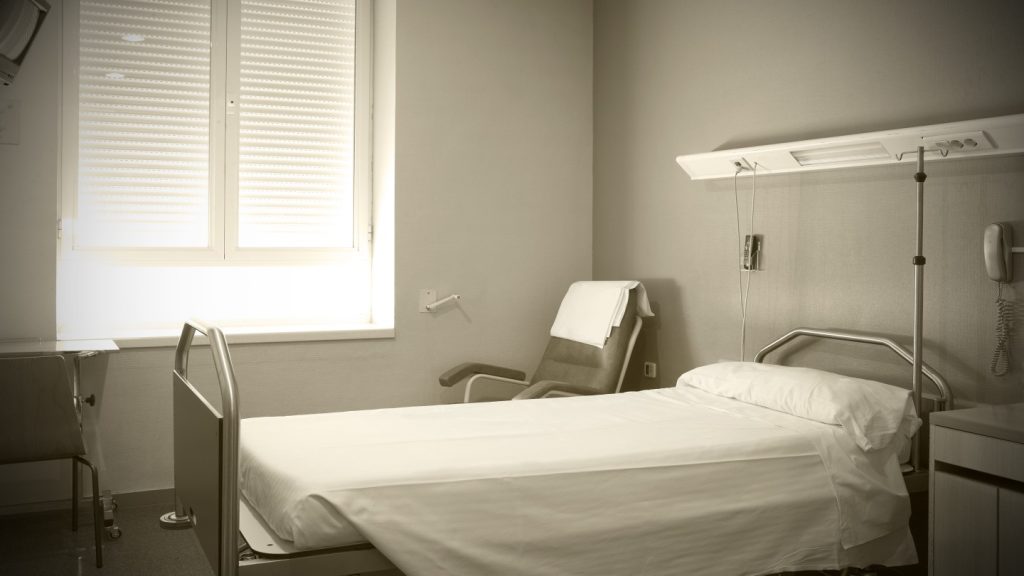Saudi Arabia’s construction market is on the rise. The Saudi royal family is making huge investments in government spending, improving the economy and infrastructure to encourage diversified growth, independent of country’s oil reserves.
This spending looks set to continue – a November 2010 Deloitte Middle East report, ‘GCC Powers of Construction 2010’, predicted that the country would be awarding construction contracts worth a total of $86bn in 2011 alone.
While the main push with these investments is to establish Saudi Arabia as an international hub for more than just oil, it’s clear that petroleum profits are providing the financial means for such lavish spending. Far from being limited to commissioning buildings and roads, the country is involved with building entire cities from scratch, specifically as centres for innovation and economic growth.
This unprecedented investment is drawing developers and contractors from around the world. Henning Larsen Architects is one of the many foreign companies involved in large projects in the country, even setting up a dedicated office in Riyadh two and a half years ago.
The company’s design director Louis Becker summarises the Saudi situation. “Saudi Arabia is a country that is developing rapidly,” he says. “Riyadh is, I think, the fastest developing city in the world at the moment. They are preparing themselves for a situation without oil, and a new economy means an emphasis on education and culture, but also new industries. That’s why there is a lot of investment happening in Saudi.”
See Also:
Designing the economic cities
Ambitious is an appropriate word to describe many of the Saudi Government’s plans for building projects. “The level of ambition and vision has really grown in the last five years, from accepting mediocre, standard projects to asking for something in particular. And it’s on a large scale because you need large-scale projects to accommodate the demand,” says Becker.
How well do you really know your competitors?
Access the most comprehensive Company Profiles on the market, powered by GlobalData. Save hours of research. Gain competitive edge.

Thank you!
Your download email will arrive shortly
Not ready to buy yet? Download a free sample
We are confident about the unique quality of our Company Profiles. However, we want you to make the most beneficial decision for your business, so we offer a free sample that you can download by submitting the below form
By GlobalDataCentral to the public investment are the six ‘economic cities’ masterminded by the Saudi Arabian General Investment Authority (SAGIA). Announced investment in these cities ranges from $7bn to $27bn, and each city will involve the construction of thousands of residential, retail and office buildings, as well as major infrastructure and industry works.
Each of these metropolitan areas will focus on different economic bases, from the research and technology focus of Knowledge Economic City (KEC) in Medina to the finance hub of King Abdullah Economic City (KAEC) on the country’s Red Sea coast. The master plans for these cities are being handled by a range of large developers from the Middle East and elsewhere.
The master developer for Jazan Economic City (JEC), which will be focused on heavy industry and agribusiness, is Malaysian infrastructure and utilities company MMC International.
Among the largest of JEC’s construction projects is a $2.5bn, 2,400MW captive power plant to supply electricity to the city’s proposed $3.6bn aluminium smelter. “The construction of the power plant and the aluminium smelter is scheduled to be completed in 2013,” said MMC CEO Feizal Ali in late 2008. “MMC’s investment in these projects will ensure a significant recurring income stream for us once these plants become operational.”
The construction of the economic cities might be a gamble for Saudi Arabia, but it’s clear that investment is already pouring in from around the world.
Building projects: a new scale
Other than the country’s astounding plans for the economic cities, perhaps the other project that best represents Saudi Arabia’s approach to construction is the planned Kingdom Tower. Plans for this mile-high skyscraper, which would nearly double the height of the world’s current tallest building (Burj Khalifa in Dubai), have been in gestation for a few years now, but on 12 April 2011 the Saudi royal family-owned Kingdom holding Company announced that project was indeed going ahead.
Plans for the tower reveal a design that brings new meaning to the concept of excess. With 275 storeys and 38 million square feet of total floor space, an elevator will reportedly take 12 minutes to reach the tower’s apex. The building is estimated to be costing Kingdom Holding Company around $30bn and contain a shopping centre, vast expanses of residential and office space, as well as a massive hotel. Reports note that the design incorporates a balancing pendulum structure and aileron-esque fins down the tower’s frame to combat the problems caused by wind and the building’s sheer size.
In typical style, the country plans to surround the tower with an 8.9-square-mile, 80,000-inhabitant city to boost tourism and commerce. A slight air of confusion currently hangs over which company is responsible for the building’s original design; Adrian Smith + Gordon Gill was the architecture firm originally widely credited, but the company has since denied any involvement.
Saudi sustainability
What is clear is that the Kingdom Tower is being designed to have a low impact on the environment, with photovoltaic solar panels, heliostats and even wind turbines incorporated into the scheme to generate energy. This echoes a notable push towards environmental responsibility in the Saudi construction market.
One of the clearest signifiers of this shift is the recent establishment of the Saudi Green Building Council, which, along with local authorities, is striving to build sustainability into the construction market and draw up a national green building framework along the lines of LEED in the US or BREEAM in the UK.
Saudi green building experts gathered together in October 2010 for the first ever Saudi Green Buildings Forum, at which experts and ministers announced their commitment to environmental sustainability in building. The forum’s secretary general Faisal Al Fadl said the conference would make green building a ‘significant national project’. Ahmed Al-Khalifa, senior official in the country’s Ministry of Water and Electricity, in his speech noted that “the Ministry of Electricity is keen to raise awareness of the importance of energy efficiency in buildings and homes, and I ask you all to listen to the forum’s recommendations and try to apply them in day-to-day life.”
Indian green materials company Everest Industries, which manufactures fibre cement boards, a recyclable material used for residential, commercial and industrial projects that is able to be relocated and is made of 40% recycled materials, is one of the companies actively seeking new clients in Saudi Arabia.
“We have made presentations to representatives of BinLadin Group, Saudi Oger, GACA and the ministries of education and health, and found them receptive,” Everest senior export officer Anuj Sethia told Arab News in August 2010. “It makes sense for the ministries to build with green solutions as they are also energy-saving solutions.”
Sustainable building projects are now coming to fruition in the country, with the new headquarters of the Ministry of Higher Education in Riyadh a fine example. Completed in January 2011, the sustainable building is equipped with smart technology from Al Salem Johnson Controls to integrate control of functions like HVAC, lighting and building management to increase productivity and manage energy consumption.
From individual structures to purpose-built cities, Saudi Arabia’s construction market has the investment and the demand to think big. As the country pushes further from a petroleum-based economy and attempts to establish itself as a global investment hub in many sectors, there are now unprecedented opportunities for local and international design firms and contractors to get in at the ground level.







